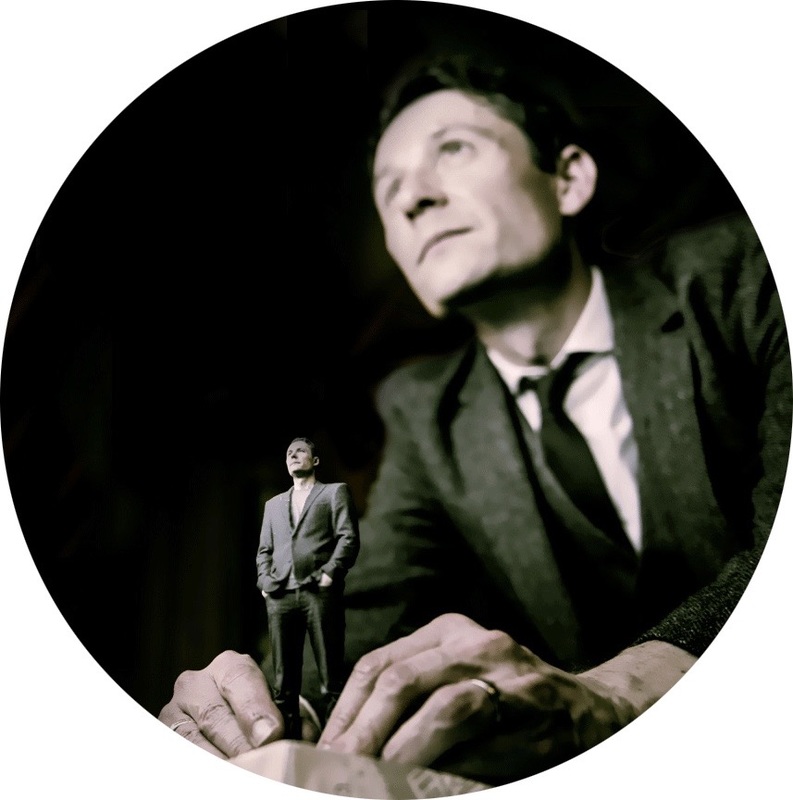|
Over the last six weeks I have been undertaking participant observation in the Edinburgh School of Architecture and Landscape Architecture (ESALA) as I have sought to understand how students construct and convey meaning through their design work. This exercise is the subject of an assignment I am completing for an Ethnographic Fieldwork course, whilst at the same time being of direct interest to my Doctoral research where I am investigating multimodal assessment in higher education.
During each visit I spend time observing students as they work on the design of a library building. For the most part my notes have been in ‘text’ form (typed onto my laptop), supported by photographs of models, sketches and other examples of student work. These fieldnotes have worked up to a point, however they haven’t managed to recreate the atmosphere in the design studio: they are muted both figuratively and literally. On my most recent visit to the design studio last Friday, I decided to complement the gathering of words and images, with sounds. To do this, I walked the length of the studio (and then back again) recording sound through the voice memo function on my phone. I wasn’t interested in recording full conversations, but was instead keen to capture the traces of laughter, music, dialogue and other sounds which contribute to the ambient personality of the studio. The subsequent task of ‘writing up’ my notes later the same day also called for a different approach from normal, as I pulled together a short video combining a representative range of audio and images, juxtaposed with extracts from my typed notes. This is what I came up with:
I think the orchestration of images, sounds and words has enabled me to represent the colour and vibrancy of the architecture studio in a way that I wasn’t previously able to achieve. I think this multimodal approach to data gathering and representation offers something different to the conventional monograph with its heavy privileging of words on page. That said, gathering and interpreting visual and aural data presents its own challenges - both practically and critically - and we should remember that photographs and sound recordings are neither neutral nor an accurate recreation of reality. Nevertheless, in light of Architecture’s interest in a wide range of semiotic materials, I wonder whether an ethnographic approach which pays due attention to the aural and visual, is a more apt way of investigating how knowledge is constructed and conveyed in the design studio.
see also: A creative approach to demonstrating success Urban flânerie as multimodal autoethnography
3 Comments
28/7/2021 00:55:27
Very much appreciated. Thank you for this excellent article. Keep posting!
Reply
11/11/2021 08:56:18
What an exquisite article! Your post is very helpful right now. Thank you for sharing this informative one.
Reply
Leave a Reply. |
Search categories
All
I am a Lecturer in Digital Education (Education Futures), within the Centre for Research in Digital Education at The University of Edinburgh.
@james858499 [email protected] |
